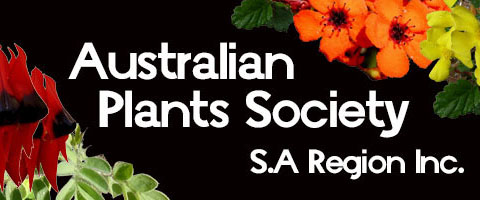Fertilisers for native plants in gardens
Adaptation to fire
Those whose response to fire was to survive via their seeds are of particular interest to us here. A majority of our plants that grow outside coastal rainforests survive fire via their seeds. Typically, those seeds would have germinated with the first rains after fire. They would therefore have germinated in soil that had received a coating of ash from burnt vegetation. Ash is a rich source of a number of plant nutrients, particularly phosphorus, whose concentration in ash is many times that of the soil below. The young seedling is therefore exposed for a short time to an excellent supply of phosphorus. Also, the heating of the soil by the fire tends to change the organic matter in it so that its nitrogen is more available to plant roots.
The seedling gets a temporary hit of both phosphorus and nitrogen. After that? Not much. Extra nitrogen can come from that fixed by free-living soil bacteria, that fixed by the rhizobium bacteria on legume roots and the Frankia of casuarinas, that in rain during thunderstorms, and that provided through the decomposition of accumulating organic mulch. A bit of extra phosphorus will be extracted from the soil, but much of the phosphorus required for ongoing growth comes from recycling within the plant and from decomposition of organic mulch.
A main conclusion from this is that many of our native plants require some fertiliser nitrogen and phosphorus to be provided to them if their seeds are being germinated in something other than an ash bed. That is why in nurseries, we include some controlled-release fertiliser in the potting mix.



